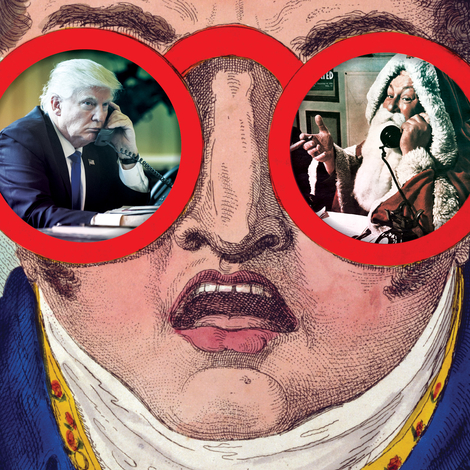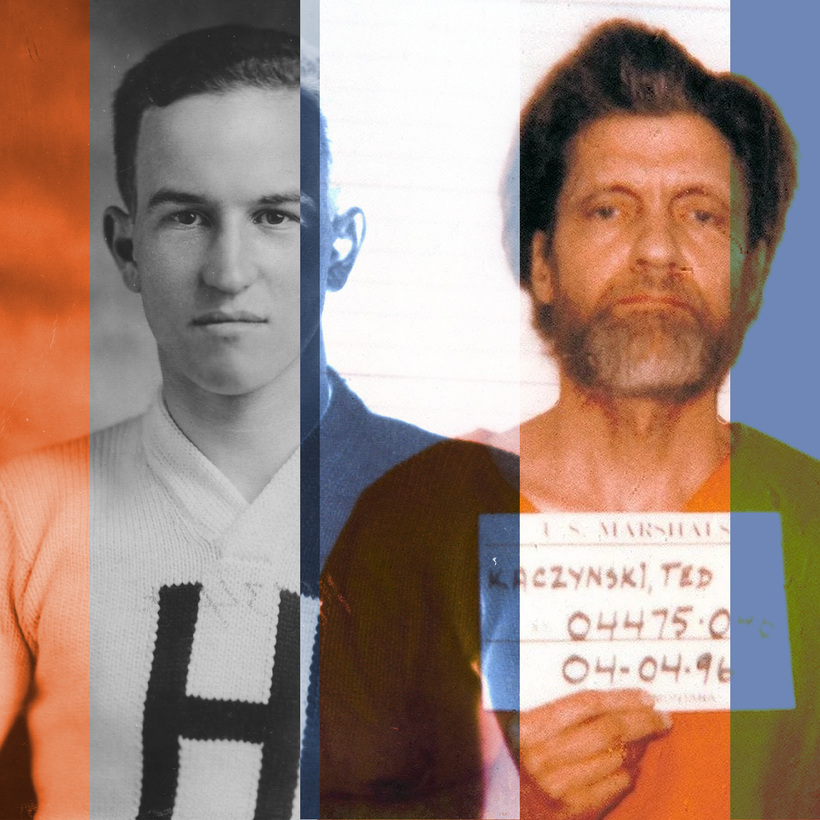In the nearly three decades since the F.B.I. arrested Ted Kaczynski, outside his Montana cabin, the public’s fascination with his mind—its brilliance and its madness—has been revived every few years, most recently by Luigi Mangione in his four-star review of the Unabomber manifesto on Goodreads.
Those who have followed Kaczynski’s story closely may know that the late bomber was the subject of cruel psychological experimentation as a 17-year-old prodigy at Harvard in the late 1950s and early 1960s. Was this the trigger that pushed his psyche over the edge? I wondered this as I set out to research my new book, The Monsters We Make: Murder, Obsession, and the Rise of Criminal Profiling, in which Kaczynski is a key figure.
After reading his journals, books, and letters, I ultimately came to believe that there’s no way the Harvard experiments didn’t play some role in the development of Kaczynski’s rage, his hatred of psychologists and other scientists, and his fears of mind control—which seem a lot less paranoid once you discover that the C.I.A. was backing the research.

But what I didn’t know was the extraordinary and disturbing story of the man who led the experiments, Henry Murray, the head of Harvard’s psychological clinic from 1937 to the beginning of World War II, then returning in 1947. Murray was many things—a biologist, physician, gentleman scholar, C.I.A. researcher, and literary critic—but he was not a psychologist. He had not even taken one course in the subject before he charmed his way into leading the clinic. Like with so many of his other secrets—his dangerously grandiose ambitions, a long sadomasochistic love affair—Murray’s colleagues didn’t notice until it was too late.
His ambitions started off noble. Murray argued passionately against Nazism and nationalism and believed that psychology, when correctly applied, could create a more unified world. He offered his services to the O.S.S. and wrote a psychological profile of Hitler that made predictions about his future behavior, and then spent the rest of his career conducting research for the intelligence agency, including at Harvard. Much of his experimentation reflected his belief that he could tailor someone’s personality to turn that individual from a “National Man” to a “World Man.” But he seems to have enjoyed the tinkering too much, and, in his subject Kaczynski, it may have had the opposite effect.
Kaczynski underwent Murray’s experiment, which was designed to humiliate participants, for three years. The subjects answered batteries of personal questions about their families, their desires and values, and wrote essays arguing for their beliefs. They were not told that their responses would be systematically torn apart and berated by an older law student. In one session, the man chosen to attack Kaczynski called his thinking “insipid” and “asinine,” and mocked the teenager’s inability to grow a beard. Around that time, Kaczynski started dreaming of revenge.
I was able to obtain transcripts from just one of Kaczynski’s sessions because Harvard sealed the records in 2000. But it throws open a damning look at the sadistic leanings of one of history’s most celebrated and idealistic psychologists, and how he may have helped make the Unabomber.
Rachel Corbett is a features writer at New York magazine


